Financial forecasting is a critical component for any business, particularly for mid-sized companies looking to scale and optimize their operations. Mid-sized businesses face unique challenges, such as managing growth while maintaining stability. By implementing robust financial forecasting techniques, these companies can make informed decisions that enhance their competitive edge.
The primary benefits of financial forecasting include improved budgeting, strategic planning, and risk management. Forecasting provides a detailed view of potential financial outcomes, enabling companies to adjust their strategies proactively.
What Is Financial Forecasting?
Financial forecasting is the process of estimating future revenues, expenses, and cash flows based on historical data, current trends, and strategic goals. A strong forecast helps you:
- Prepare for slow seasons or unexpected costs
- Allocate resources more effectively
- Align your team with clear financial goals
- Improve investor or lender confidence
Why Mid-Sized Businesses Need Forecasting
You’ve outgrown flying by the seat of your pants but you haven’t hit enterprise-level complexity yet. This is the perfect time to develop a disciplined forecasting process that grows with you.
Benefits include:
Improved Cash Flow Management
Know when to expect shortfalls or surpluses and plan accordingly.
Strategic Decision-Making
Confidently decide when to expand, hire, or invest in new tools.
Scenario Planning
Run “what-if” simulations to explore different growth or risk scenarios.
Investor & Stakeholder Trust
Forecasts backed by real data show that your business is well-managed.
Types of Financial Forecasts
There’s no universal model for forecasting, your approach should fit your business. Here are three key types we help our clients master:
- Revenue Forecasting – Predict future sales based on trends, seasonality, and market factors.
- Expense Forecasting – Estimate fixed and variable costs to ensure profitability.
- Cash Flow Forecasting – Project when money will come in and go out, helping prevent shortfalls.
Strategic Approaches to Financial Forecasting
To effectively execute financial forecasting, businesses should adopt the following strategies:
- Define Clear Objectives: Establish what you aim to achieve with your forecast, whether it’s securing investment, managing cash flow, or expanding operations.
- Use Historical Data: Analyze past financial statements to identify trends and patterns that can inform future projections.
- Incorporate Scenario Planning: Develop multiple scenarios to anticipate different outcomes and prepare for varied market conditions.
Integrating technology, such as cloud-based accounting software, can enhance forecasting accuracy by providing real-time data and analytics.
Common Mistakes to Avoid
Avoid these pitfalls to ensure your forecasts are reliable:
- Neglecting Market Research: Understanding industry trends and economic indicators is crucial in adjusting your forecasts accurately.
- Overlooking Internal Changes: Consider factors like employee turnover, productivity shifts, or operational changes that may impact financial outcomes.
- Infrequent Updates: Regularly update your forecasts to reflect current data and events, ensuring they remain relevant and useful.
Case Study: A Mid-Sized Manufacturing Firm
Consider a mid-sized manufacturing firm facing increased competition. By implementing detailed financial forecasting, the company identified key cost-saving measures and optimized inventory management. This proactive approach resulted in a significant reduction in overhead and improved profit margins within a year.
Conclusion
Incorporating financial forecasting into your business strategy can significantly enhance decision-making and operational efficiency. Mid-sized businesses that leverage this tool can navigate challenges with confidence and capitalize on growth opportunities. For expert assistance, contact Local Outsourced Accounting Department for tailored financial advisory services.


